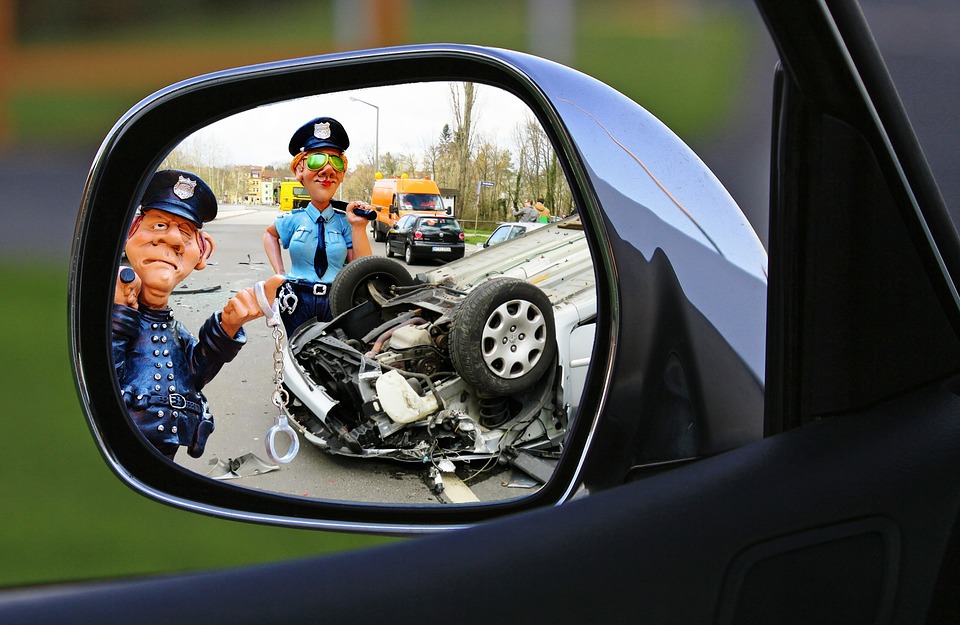
Clunk, click – You know the rest!
One of the most important safety devices fitted to any vehicle is the humble seatbelt. Responsible for saving countless lives and preventing innumerable injuries, it might surprise you to know that it was only in the late 1950’s when seat belts started to become commonplace in cars. Believe it or not, prior to 1970, there were no laws anywhere in the world governing their use and it only became mandatory in the UK during 1983.
The law today
Rules relating to the wearing of seatbelts
Seatbelt design has come a long way since the early days of car safety. The types of belts have evolved, as have the rules governing their use.
Nowadays, with few exceptions, if the vehicle seat you’re sitting on has a seatbelt, then you’re obliged to wear it. Failure to do so could result in a £100 on the spot fine, potentially rising to £500 if it goes to court. Of course, these are fairly minor compared to some of the other, more serious consequences of not wearing a seatbelt. While there are very few exceptions, the only one that’s likely to apply to our hirers is the option to take off your belt when reversing.
The rules relating to the wearing of seat belts don’t just apply to drivers, passengers must also wear them and face the same potential penalties if they fail to do so. If the passenger is under 14 years of age, then the driver is responsible for ensuring that he or she wears seatbelt, or approved child restraint as appropriate (more on this below).
Rules relating to booster seats and child restraints
In recent years, the use of child booster seats based on the age, height and weight of the child were introduced. Children who have passed their twelfth birthday or are more than 135cm tall (around 4′ 5″), whichever is first, can wear a normal seatbelt. As stated above, the responsibility for making sure they wear their seatbelt remains with the driver until the child is 14.
Children below twelve years of age and below 135cm in height must travel using an approved child restraint. The type of which will vary depending on their age, height and weight.
Child Seat categories
The weight based child seats must carry a label showing an ‘E’ within a circle and the code ‘ECE R44’ to be legal in the UK. The categories are as follows
Up to 13 Kg in weight – ‘Group 0+’ – Rear facing baby seat or carrier using a harness (group ‘0’ can also be used for babies 10Kg or under which also have a lateral/lie flat option)
From 9 Kg to 18Kg – ‘Group 1’ – A baby seat which can be rear or forward facing, using a safety shield or harness.
From 15Kg to 25Kg – ‘Group 2’ – A child seat (a high-backed booster seat or booster cushion) which can be rear or forward facing, using a safety shield or harness.
From 22Kg to 36Kg – ‘Group 3’ – A child seat (a high-backed booster seat or booster cushion) which can be rear or forward facing, using a safety shield or harness.
It’s extremely important to note that if you’re fitting a rear facing baby carrier or seat in the front of a vehicle, that you deactivate the airbag. Please discuss this with us so that we can help you do this in your vehicle of choice.
Don’t be afraid to ask
If you’re still unsure about the rules as they apply to you, or you have any concerns about whether your seats will fit in any Priory vehicle, please don’t hesitate to get in touch.
